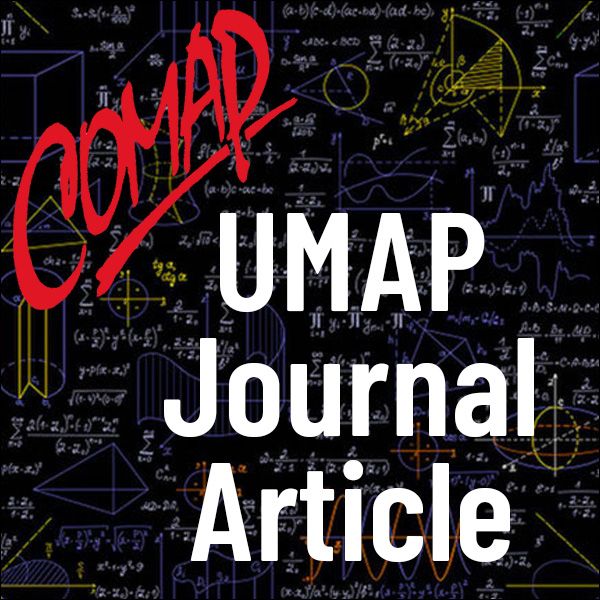Mathematical Optimization in the Management of Services (UMAP)
Author: Jess Boronico
While students versed in mathematics are often exposed to methodologies involved in solving mathematical models, less often do they see integrated models that utilize constructs across disciplines, each dependent upon mathematics for the development of optimal solutions to real-world problems. This paper discusses one such model, where mathematical programming, statistics, and microeconomics are unified. The model, when expanded, can prove useful in applied, real-world problems [Boronico 1996]. We illustrate, for a monopolistic service provider facing stochastic demand, how reliability of service impacts on marginal costs (within which optimal price is embodied) and capacity decisions. We discuss pricing in a monopoly, develop the model, and analyze the model to arrive at both optimal capacities and price. Then we present illustrative examples, followed by supporting numerical results and concluding comments.
Table of Contents:
INTRODUCTION
PRICING IN A MONOPOLY
MODEL DEVELOPMENT
Reliability
The Model
The Cost Function
The Reliability Constraint
There is a Global Optimum
Determining the Optimal Solution
Optimal Price
Return to Reality: Postal Service
ILLUSTRATIVE EXAMPLES
Uniform Distribution of Demand
The unconstrained solution
The constrained solution
Implied reliability in the unconstrained case
Marginal cost
The Triangular Distribution
The unconstrained solution
Comparison of the Results for the Two Distributions
Optimal price
Optimal capacity
NUMERICAL RESULTS
Sensitivity to Reliability
Sensitivity to Variance of the Demand
Sensitivity to Average Demand
Sensitivity to Penalty Cost
Comparative Results for the Two Distributions
CONCLUDING COMMENTS
REFERENCES
ABOUT THE AUTHOR

Mathematics Topics:
Application Areas:
You must have a Full Membership to download this resource.
If you're already a member, login here.